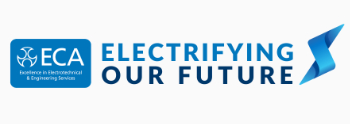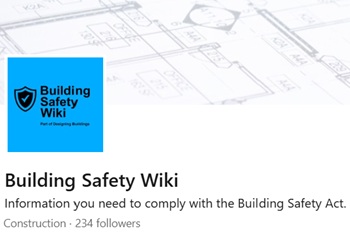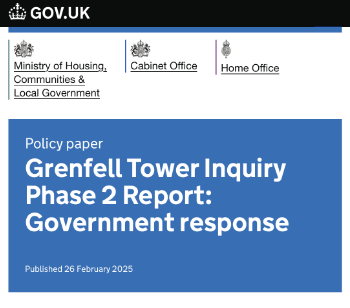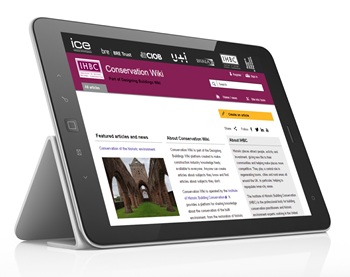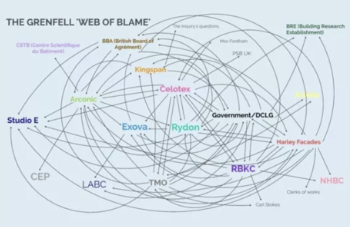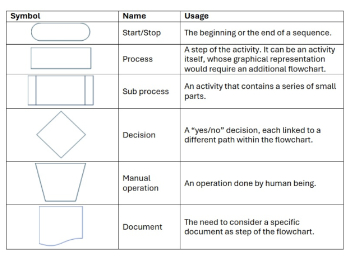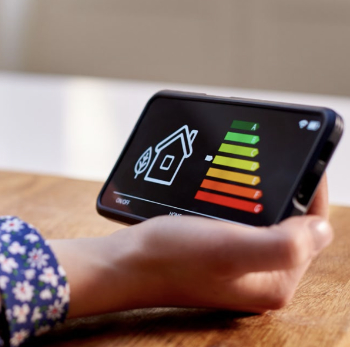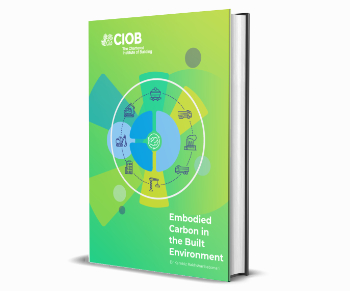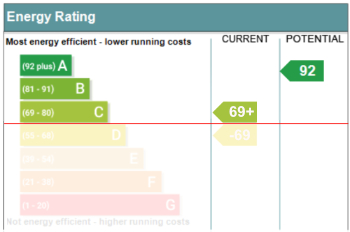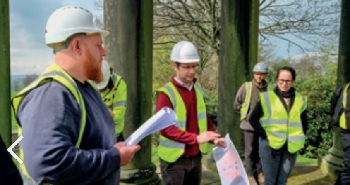A brief history of Construction product certification schemes
[edit] Why have construction product certification schemes been developed?
The construction industry has historically relied on a wide variety of products that, when combined, go together to create buildings that will often be used by their occupants for many years. As such, the products used were required to perform to certain standards over long periods, with the designers or contractors of buildings often holding some responsibility for that performance through their choice of materials.
As such construction product certification schemes were introduced to provide greater clarity to designers, contractors, clients, customers as well as insurers, governing bodies and the government over that performance.They were primarily a route to ensure that products met at least the minimum requirements for safety, strength, and durability. They later also ensured that products marketed as surpassing minimum requirements, to provide higher quality, safety, or performance did so on the basis of evidence that was assessed by a third party and reported in a transparent manner.
The certification of construction products generally involves a rigorous process of testing, inspection and validation to guarantee compliance with national and international standards. They continue to be an essential part of the construction industry and the market within which it operates; they help increase consumer confidence and can be part of contract law, specifications, insurance, assurance, and warranties.
The earliest certification schemes focused on ensuring certain performance criteria for products to achieve consistency in the market and ensure they meet or surpass quality and safety standards. Although in general the standards set by different countries and regions have similar aims, in practical terms, what they require may differ significantly, and as such, there are a wide variety of country-specific certification schemes.
Further, in the changing regulatory landscape, those requirements change at a different pace in different regions and countries, for example, with the introduction of the Building Safety Act in England and its differing applications in Wales, Scotland, and Northern Ireland. In addition, significant political events, such as Brexit, can bring yet another level of complexity to the certification landscape in the details of changes to the UKCA and CE marking of products.
[edit] A brief history of certification schemes
[edit] National product certification in the 1900s
The certification of products has existed for over 120 years, with the first UK example being the kitemark, a symbol indicating that a product was certified to a certain British standard, with the first being registered in 1903. A now familiar symbol, it was made up of an uppercase B lying at the top of the symbol, which stands for British, with a V below indicating verification, enclosing an S at the centre, signifying the standard. The symbol was developed by what is now known as the British Standards Institute (BSI), which was first formed in 1901 and, by 1942, was recognised by the UK government as the only standards issuer. The first products to receive the British kitemark as a trademark were tramway rails in 1903, then lighting products. The BSI Kitemark continues to be a mark of trust and confidence in products that demonstrate performance in certain areas over and above the minimum standards required by the regulations.
[edit] International product certification in the 1940s
Shortly after in 1946, the future of standardisation on an International scale was discussed by 65 delegates from 25 countries and one year later the International Organization for Standardization was formed. ISO as it came to be known, is derived from the Greek word “isos”, meaning equal and was a route to an acronym that could be internationally recognised across different languages. Initially ISO started with 67 technical committees or groups of experts focusing on specific subjects to develop an international standardisation process, with the first standard or ISO/R 1:1951 published as the Standard reference temperature for industrial length measurements. Today that standard is ISO 1:2022 Geometrical Product Specifications (GPS) - Standard reference temperature for geometrical product specification and exists alongside some 25,415 International Standards covering almost all aspects of technology, management and manufacturing.
[edit] European product certification in the 1960s
The 1950s and into the 1960s, was marked by a boom in consumer products, and the Kitemark became a route to ensuring, primarily, the safety of those products via quality assessment in the UK with increasing relevance for standards also between countries. Also in 1960, the European Free Trade Association (EFTA) was established by convention. This was an intergovernmental organisation established to promote free trade and economic integration between its founding members(Austria, Denmark, Norway, Portugal, Sweden, Switzerland, and the United Kingdom) within Europe and globally. In 1966 the British Board of Agrément (BBA) was established by the UK Government, as an independent certification body in the Construction and Civil Engineering Industries. One year later three products had been certified, a later one hundred and fifty and by 2020 over six thousand, continuing to drive safety through services that help clients create accountability and mitigate risk.
[edit] Environmental product certification in the 1970s
In the 1970s, quality management initiatives expanded and Kitemarks were key features of glazing units, fire equipment, and so on. This decade was also marked by increasing awareness of environmentalism and global climate issues, largely stemming from the first Earth Day, held on April 22, 1970. In 1978, what is considered the first environmental product labelling scheme, or eco-label, was established in Germany. Der Blaue Engel, or Blue Angel, environmental product labelling scheme continues today, and though not exclusively related to building products they were the first to be assessed directly in connection with the protection of the environment as well as health.
[edit] European product certification in the 1980s and 1990s
In the 1980s, closer market ties continued between countries in the European Economic Area (EEA). In 1985, the UK, as part of the European Free Trade Area (EFTA), launched the European community’s internal market, highlighting the need for consistency in trading-related standards. Less than 10 years later, in 1992, the numbers of the EFTA dropped significantly as many joined the European Union (EU). Part of this was the establishment of the CE (Conformité Européenne) marking, which, rather than a quality standard, became a minimum requirement standard and the first mandatory conformity marking for the regulation of goods sold within the European Economic Area (EEA).
[edit] Product certification schemes, Brexit and beyond
At the time the UK was part of the EU, CE (Conformité Européenne) markings, the minimum standard required for trade, were commonplace in the UK and were the norm until the UK left the European Union. Today, there is the gradual establishment and introduction of the new UKCE (UK Conformity Assessed) and UKNI (Northern Ireland Conformity Assessed) marks.
Today, the performance criteria of products that are considered relevant have expanded in many respects, with requirements not only to comply with the regulations as well as safety and quality assurance but often also extended performance life spans and extended indicators of performance to include environmental and social impacts throughout a product's lifecycle. While many of these changes are market-driven in that certain clients may pay more regard to these wider criteria, the regulatory landscape is also changing and, in some cases, shaping these requirements, either on a voluntary market advantage basis or as a compulsory requirement.
[edit] Related articles on Designing Buildings
- A chronology of sustainable building certification schemes
- Agrément certificate.
- BBA becomes an Approved Body for UKCA Marking.
- Brexit.
- Brexit standards, products and regulatory updates.
- Collaboration, standards and their acronyms explained.
- Construction Products Regulation CPR.
- Grenfell Tower Inquiry.
- Kitemark.
- National regulator for construction products (NRCP) announcement re kingspan kooltherm K15.
- The Building Safety Bill and product testing.
- Third party accreditation.
- Third-party certification, what it means when you specify it.
- Standards in the construction industry.
- UKCA and CE marking; changes in detail.
Featured articles and news
ECA digital series unveils road to net-zero.
Retrofit and Decarbonisation framework N9 launched
Aligned with LHCPG social value strategy and the Gold Standard.
Competence framework for sustainability
In the built environment launched by CIC and the Edge.
Institute of Roofing members welcomed into CIOB
IoR members transition to CIOB membership based on individual expertise and qualifications.
Join the Building Safety Linkedin group to stay up-to-date and join the debate.
Government responds to the final Grenfell Inquiry report
A with a brief summary with reactions to their response.
A brief description and background to this new February law.
Everything you need to know about building conservation and the historic environment.
NFCC publishes Industry White Paper on Remediation
Calling for a coordinated approach and cross-departmental Construction Skills Strategy to manage workforce development.
'who blames whom and for what, and there are three reasons for doing that: legal , cultural and moral"
How the Home Energy Model will be different from SAP
Comparing different building energy models.
Mapping approaches for standardisation.
UK Construction contract spending up at the start of 2025
New construction orders increase by 69 percent on December.
Preparing for the future: how specifiers can lead the way
As the construction industry prepares for the updated home and building efficiency standards.
Embodied Carbon in the Built Environment
A practical guide for built environment professionals.
Updating the minimum energy efficiency standards
Background and key points to the current consultation.
Heritage building skills and live-site training.







